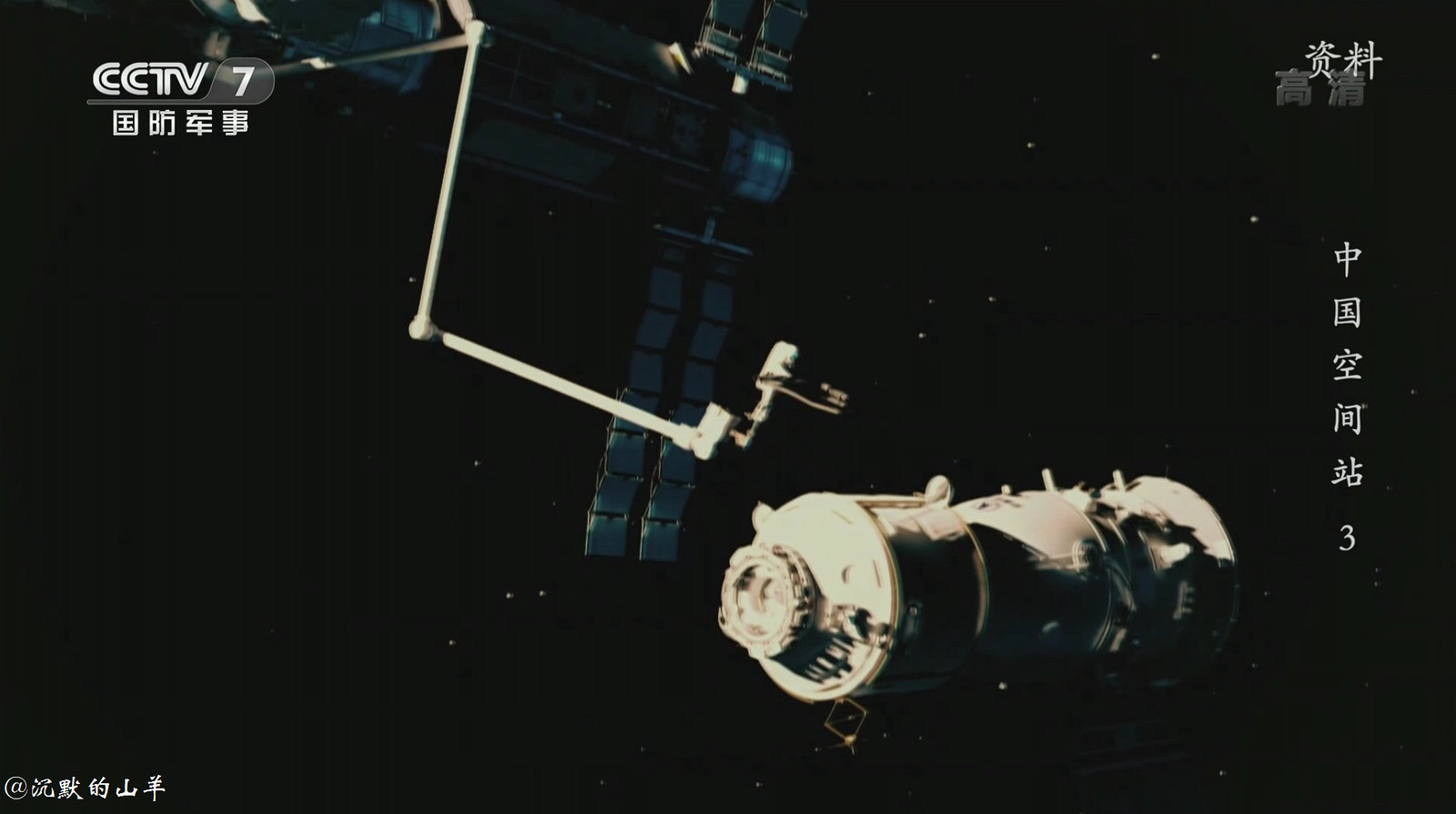Post #7,292 by @Dante80 has lot of planned launch schedules:People are flipping out over something that's really a nonissue unless the stage crashes into something. I doubt, imaao, it will. The Chinese space agency is more of a pro than that. As I said, let's have a moratorium on the 'Bad China, no cookie' posts.
Back on topic, it will be interesting to see when the first mission to the station will be. Will China send people[1] to the station before the next module? Or will they complete the station first? I'm excited to see what is done.
China's Space Program News Thread
Shoulda, woulda, the West also said lockdown was the wrong approach to COVID and that the right approach should be democracy and transparency. How did that turn out? :rolleyes: Did you stop posting here for two years because b797 aka mig29 aka mig23 got banned and there was no incentive for...
www.sinodefenceforum.com



